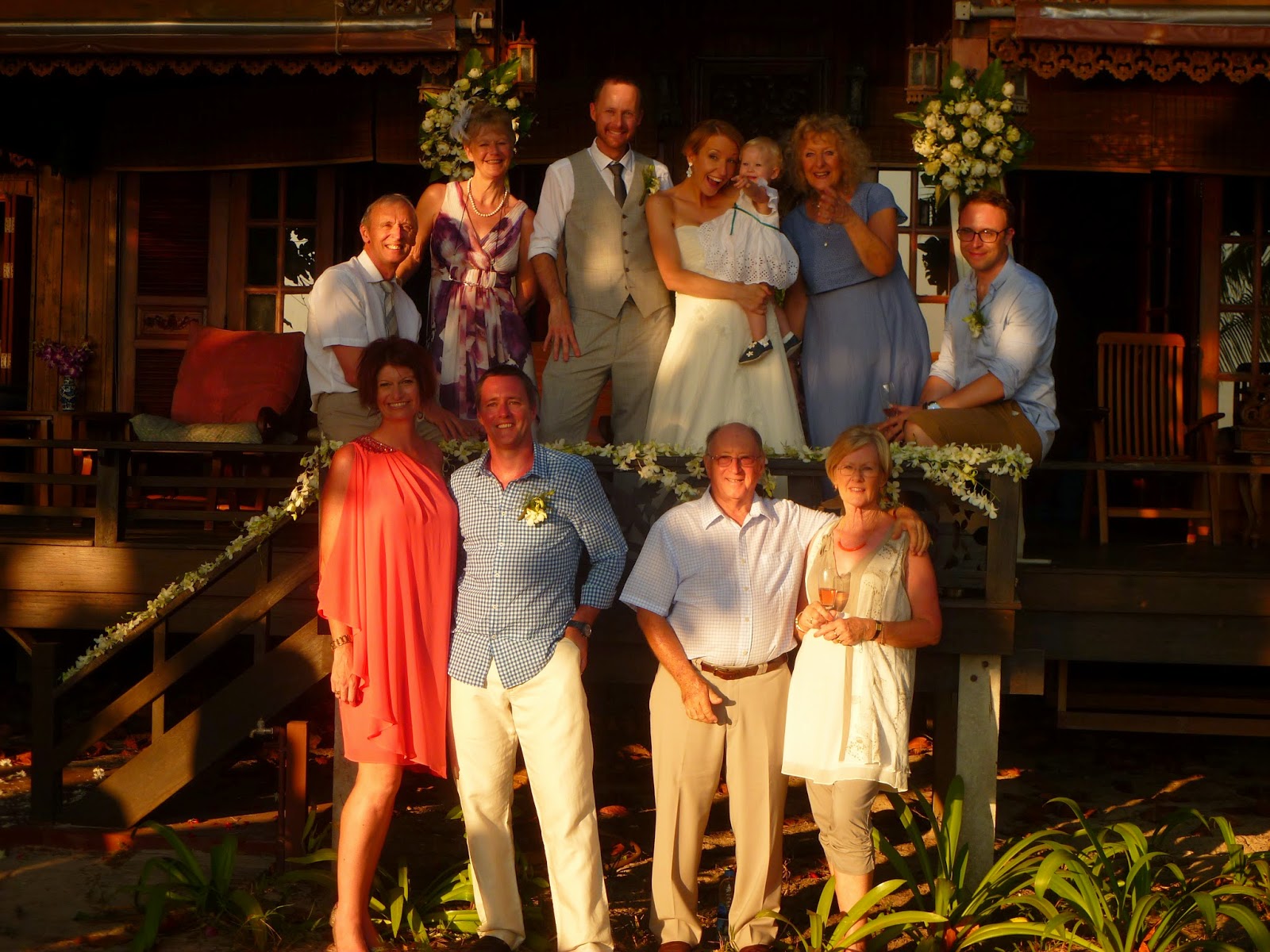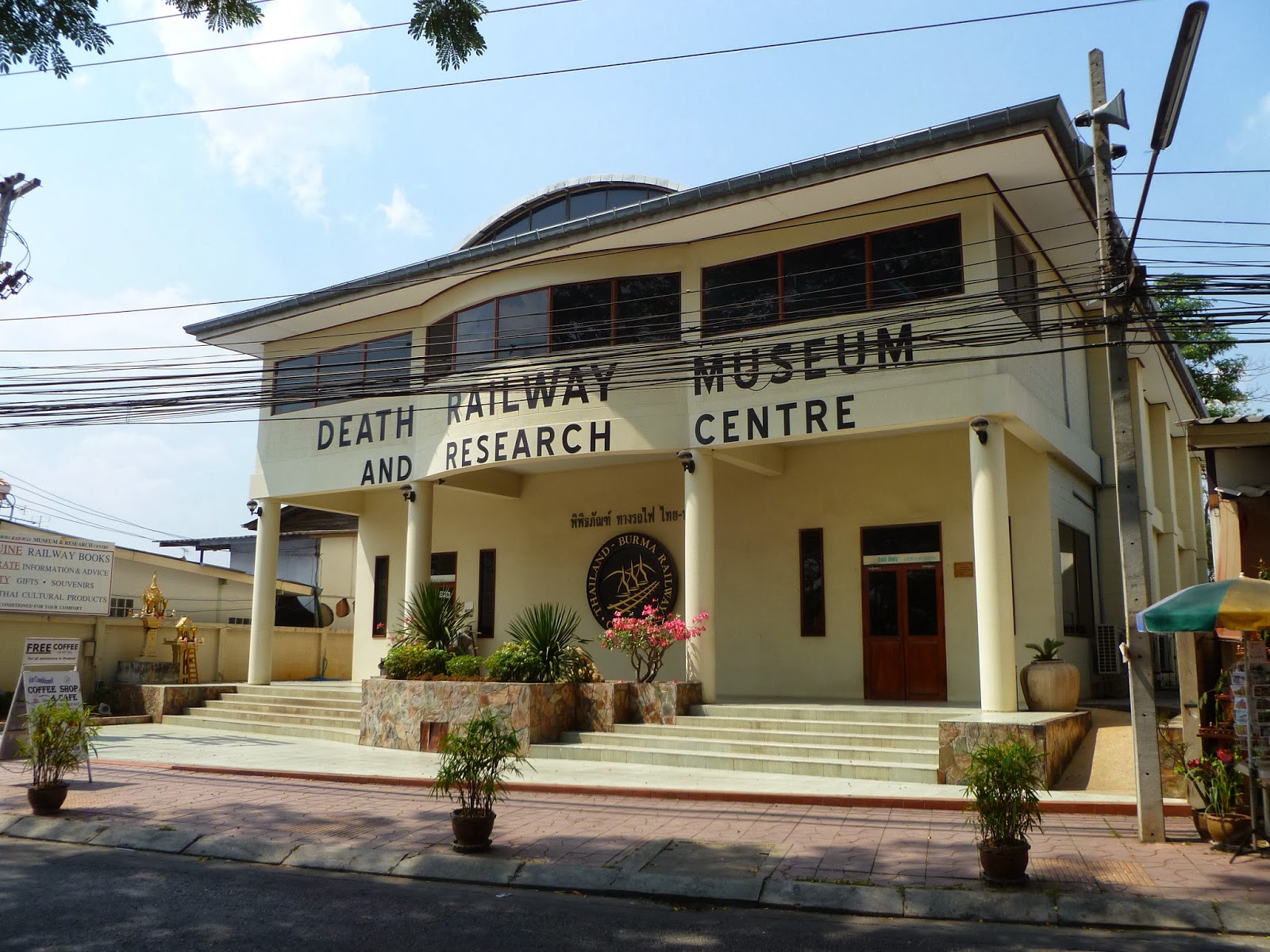 |
| Scuba-Luke is A-OK. Photo by Jan Tuerlings. |
After the relaxation of Railay beach and Katie and Grant's wedding (that blog has gone down a storm by the way), Luke and I went to the island of Koh Tao on the east coast of Thailand and signed up to do our PADI open water scuba diving. We chose Koh Tao because it's one of the cheapest places in the world to get PADI certified and we had a recommendation for Planet Scuba dive school from a Nottingham friend who used to work there.
Before you're allowed to jump in the water at any great depth, the open water certification requires you to do a lot of theory work and watch A LOT of videos. Of the three-and-a-half days the course takes, I'd say we were watching videos for nearly half of that. They basically tell you about the many ways in which you could die while scuba diving - it turns out there are a lot.
 |
| There's a lot of this before any diving takes place. |
Two days in we went out into the big blue to test of our new-found knowledge - thankfully in the pretty dive site of Japanese Gardens, in an area too shallow for you to actually kill yourself.
Our instructor made us do horrible things like take our masks off underwater (truly awful and makes your eyes sting); take the air supply out of our mouths and put in back in again; and use our buddy's alternative air source to practice what to do if you run out of air. All of these things are really uncomfortable and quite scary, especially taking out your air supply, but essential to practice for worst-case scenarios. We had two dropouts from our group at this stage which just shows how difficult it is.
Then we could get onto the fun stuff.
Our first proper dive was at a depth of 12 metres at White Rock dive site. It was a brilliant feeling to put all of our hard work into practice and spend some time under water. We were joined by a young lad from Chichester called Zak and together with our instructor, a Liverpudlian bloke called Scott Edwards, we were a bit of a dream team - we had good camaraderie on land but under water no one behaved like a loose canon.
Scott turned out to be a brilliant instructor - he's ex-military so a stickler for safety and detail (something definitely needed when scuba diving) but he was also a massive Mickey taker which kept us all laughing.
 |
| Zak, me and Luke checking our gear before heading into the water. |
Being under water is a feeling like no other. First of all you can't speak so, apart from the odd hand signal to your buddies, you're completely on your own in an eerie kind of silence. The other thing is that this part of the world belongs to the fish, coral and other marine life - there's a definite feeling that you're a guest in their domain.
We also got to practice more skills such as pivoting on our fins and doing forward and backward roly-polys under water. My roly-poly provided Luke with his favourite moment of the whole dive course as, apparently, because I used my hands to claw my way upside down to roll, I looked like a cat trying to scuba dive!
 |
| Me, Luke and Zak after our first dive - awesome feeling. |
After that we ventured into Junk Yard which is a man-made dive site full of, well, lots of junk. There's a car down there, an exercise bike, dumb bells and lots of other crazy stuff you wouldn't expect to find under water. It's relatively new but the fish are taking to it and making it their home - we saw a particularly beautiful Lion Fish which spent most of it's time hanging out under an upturned park bench. There was also a friendly Puffa Fish which thought it was a cat - it would come up to you to be petted and crawl up your arm.
After passing our PADI open water diving with flying colours, Luke and I decided to stay on and complete our advanced training - this is a lot more fun than open water as it's minimum theory and maximum diving. Unfortunately this is where we lost young Zak to the parties of Ko Phangan but gained a nice German girl called Alex.
 |
| Luke, Alex, me and Scott heading down the line. Photo by Jan Tuerlings. |
The advanced certificate involves deep diving at 30 metres, navigation - it turns out I can't use a compass - and we also did a shipwreck and a night dive.
Our first 30 metre dive deep dive was at Green Rock and was a nightmare dive for me. First of all, as soon as we went down the line we saw a Trigger Fish which are famed in the scuba diving world for being nasty things that will actively come towards and give you a bite if they feel threatened. You know if they're going to bite because a spike comes up on their back -hence the trigger in Trigger Fish - and they dart towards you. Their teeth are so sharp that a bite can often require stitches. Seeing one in the flesh I was also alarmed at how big it was.
 |
| Trigger fish off Google Images - look at those teeth. |
The dive then got more difficult as my mask fogged up - this was worrying being down at 30 metres for the first time as my nerves were already heightened. The mask being fogged up was possibly a blessing in disguise as, about 15 minutes in, I saw Scott do the hand signal for a Trigger Fish and then a quick about-turn in the other direction. I couldn't see clearly enough but I found out later that we'd encountered a "Trigger pit" of around 15 Trigger Fish who were paired up and mating - something which they particularly angry and being disturbed at. So that was a close call.
However, with the rough comes the smooth and next came my favourite dive of the whole week at HTMS Sattakut, Koh Tao's wreck dive. This Thai Navy ship was deliberately sunk in 2011 to create an amazing shipwreck at 30 metres. As we went down the line and the ship came into view I couldn't believe how beautiful it looked - it's quite a mind boggling sight to see something that far under water which isn't meant to be there.
As it's been established for three years it's become home to quite a few fish - some of which lurk in dark corners while others proudly swim around the outside.
 |
| Me swimming around the shipwreck. Photo by Jan Tuerlings. |
 |
| Fish hanging out by the shipwreck. Photo by Jan Tuerlings. |
 |
| Me giving the OK sign on the wreck. I look a bit cross-eyed. Photo by Jan Tuerlings. |
As we were exiting the water we had to do a five minute safety stop (a precautionary measure to ward against decompression sickness) and while we were holding onto the line a huge school of Yellowstripe Fish swam around us which was completely magical.
Next came the night dive which I'd been dreading and looking forward to in equal measure. Prior to doing the PADI course I didn't even know you could scuba dive at night, but it's actually very popular due to the fact that, using a torch, you can see more colour under water at night.
 |
| Luke, me and Scott on the boat before our night dive. You can see the fear! |
So we set off just before sunset and waited for it to go down before heading down to Junk Yard. Initially I thought it was absolutely crackers to go underwater at night - I couldn't see a thing! - but once my eyes adjusted to the dark and we started to find things with our torches I understood. The colours are much more vibrant than in the daytime and you can pick out details that just aren't possible through the haze of water and sunlight.
 |
| Vibrant-coloured Nemo fish in their anemone on our night dive. Photo by Jan Tuerlings. |
 |
| Not sure what this fella is but he's cute. Photo by Jan Tuerlings. |
 |
| Surfacing after the night dive - looking relieved. Photo by Jan Tuerlings. |
Out of everything we've done while travelling I think this has been the thing we've most enjoyed and got the biggest sense of achievement out of. It took us out of our comfort zone and gave us an experience we'll never forget. Most of all it gave us a certificate we can use anywhere in the world - the Great Barrier Reef in Australia, here we come.
USEFUL INFORMATION ABOUT DIVING IN KOH TAO
Dive schools: We went with Planet Scuba which is a great dive school near the pier at Mae Haad (turn left when you get off the pier). The instructors are mainly British which is always a good sign in my book! Our PADI open water diver cost 9,200 baht each (£184) including four nights' accommodation and the PADI advanced diver cost 7,650 baht each (£153) including two nights' accommodation.
Accommodation: As part of our diving courses we got free accommodation at Pier 24 which wasn't anything flash but was fine - you really do just sleep there when you're busy diving.
Getting there and away: We went to Koh Tao from Railay in Krabi using a joint boat/bus/boat ticket which cost 1,400 baht (£28) and took seven hours. From Koh Tao we went to George Town in Malaysia - the first leg was a joint boat/bus/train ticket from Koh Tao to Butterworth in Malaysia via Surat Thani which was 1,600 baht (£32) and took around 18 hours. We then took a boat from Butterworth across to George Town which cost 1.2 Malaysian Ringet (just over £1) - the train station is next to the boat port.






































